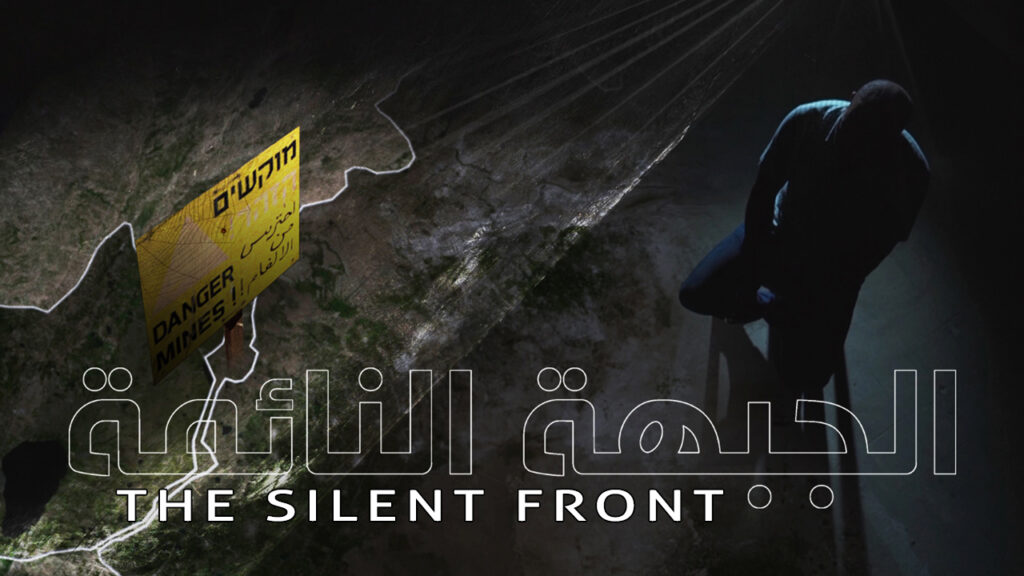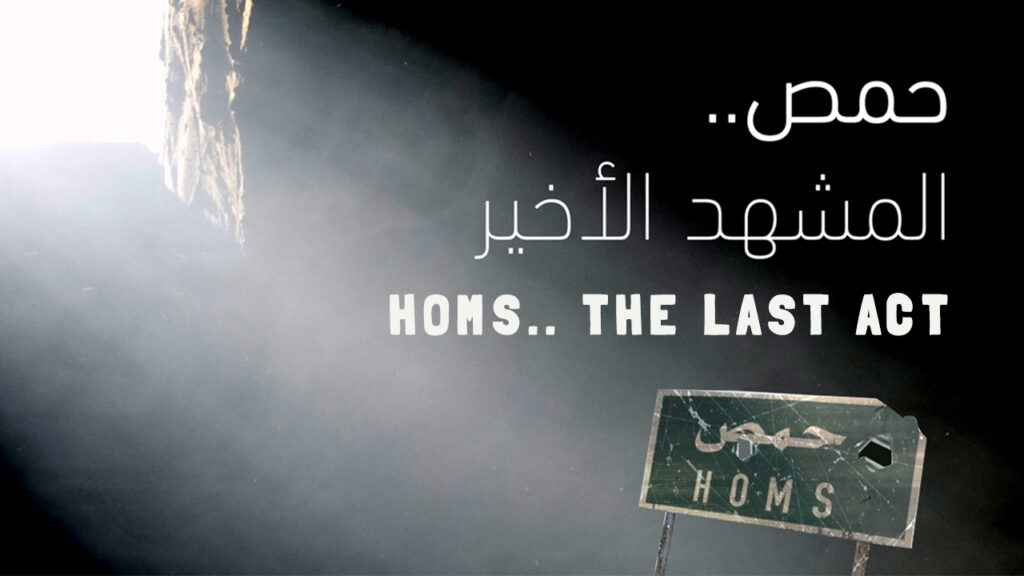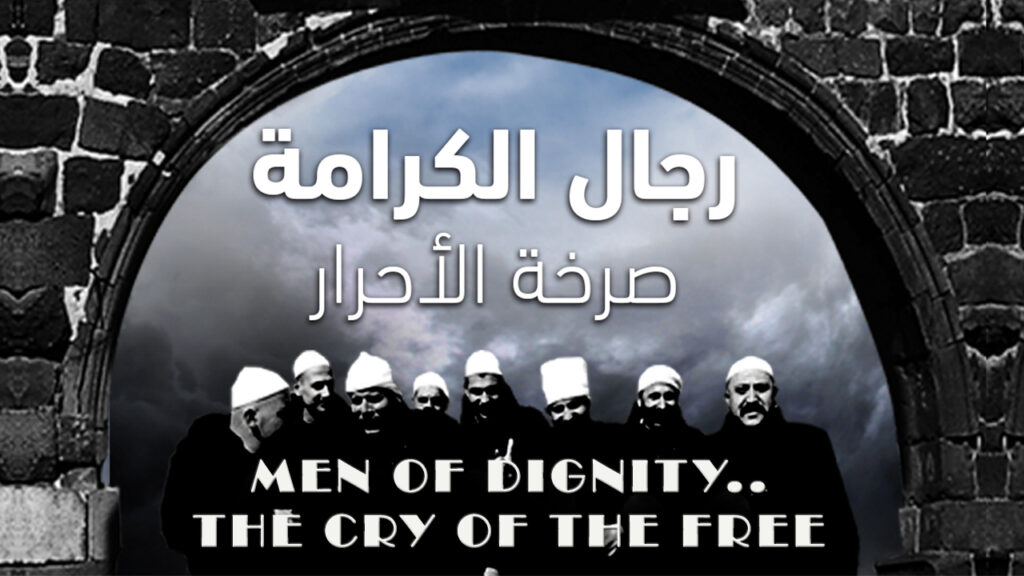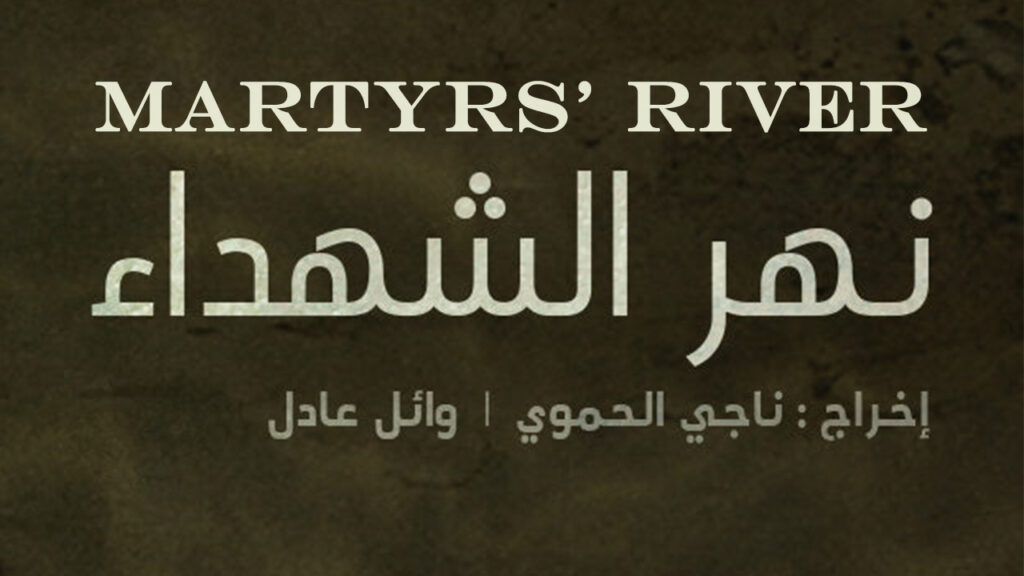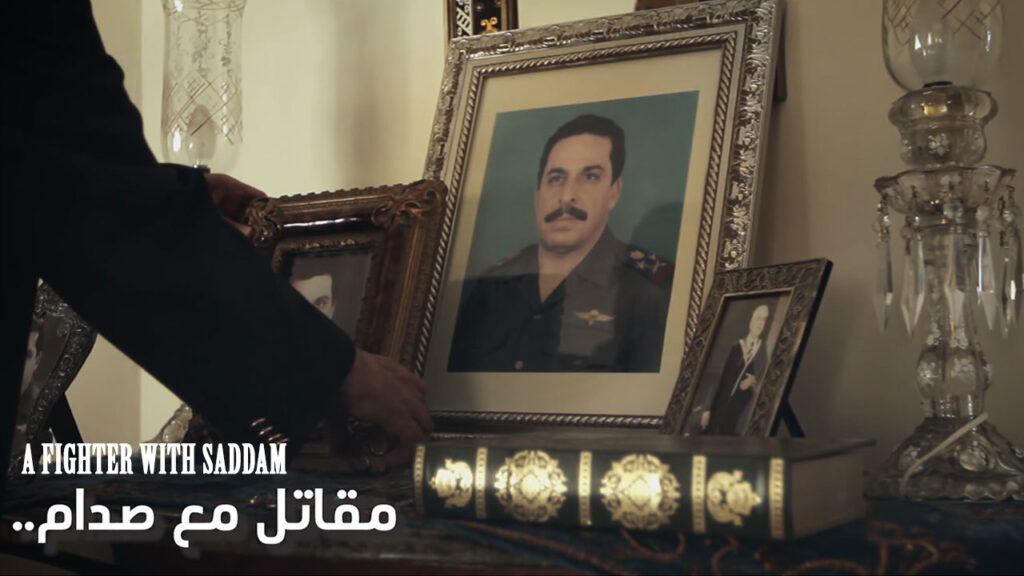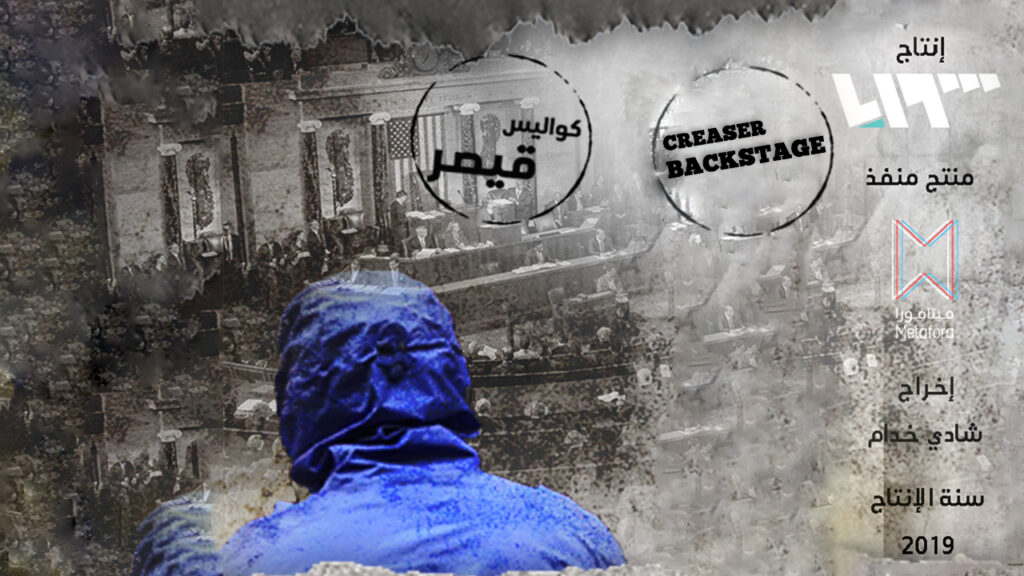NAKSA… 1967 Setback War
1967 war which was launched by Israel on June 5th against three Arab countries (Egypt, Syria, and Jordan) has resulted in a decisive defeat for the Arab states. In addition to the loss of land, the war cost many human lives and material losses in the course of six days only, not to mention the destruction and interruption of the military infrastructure.
The three-part documentary films attempt to showcase a comprehensive look at the circumstances related to this war. This is in addition to the war ramifications on the geopolitical, historical, and social levels. It also uncovers newly secret photos and documents which provide a closer look at the untold story of the what is known as six-day war.







